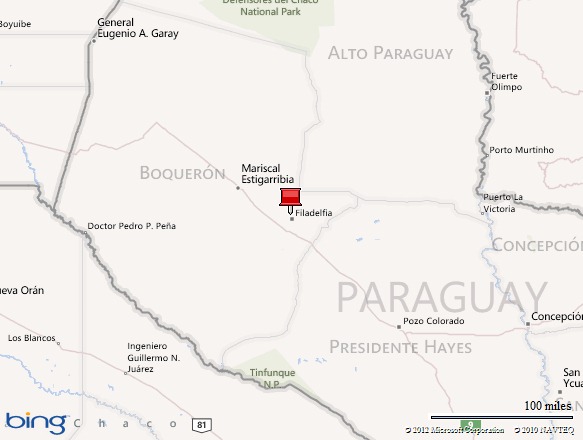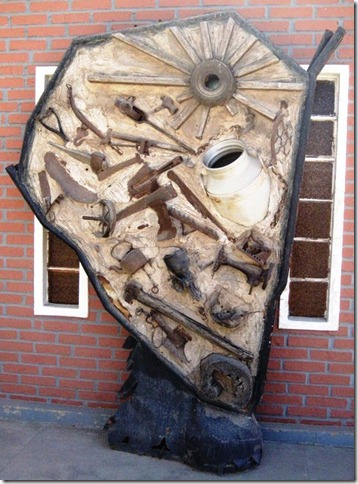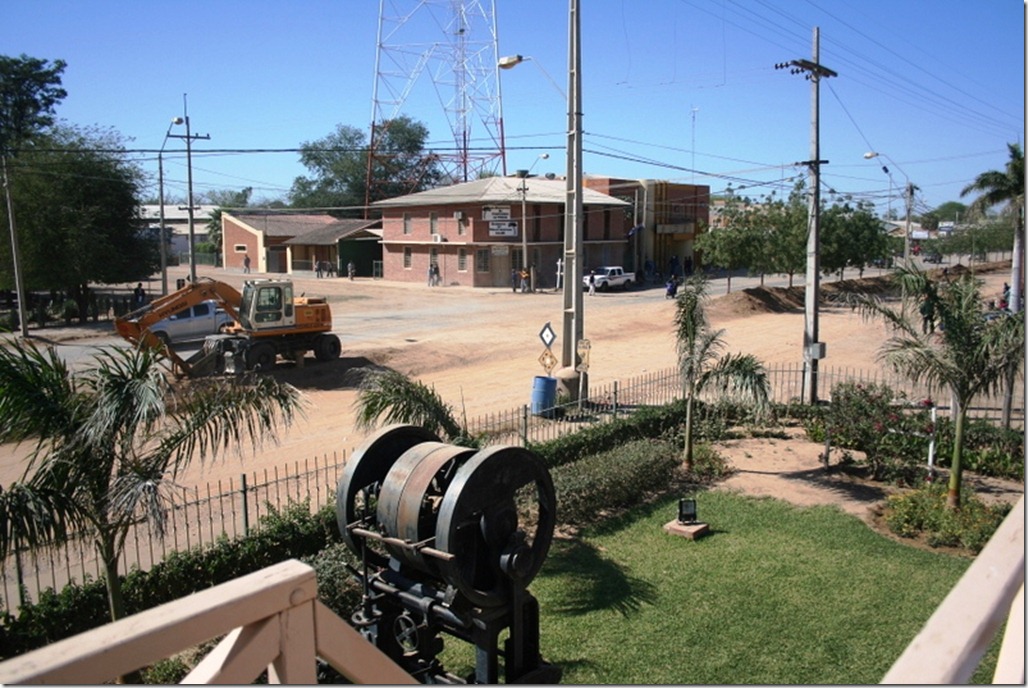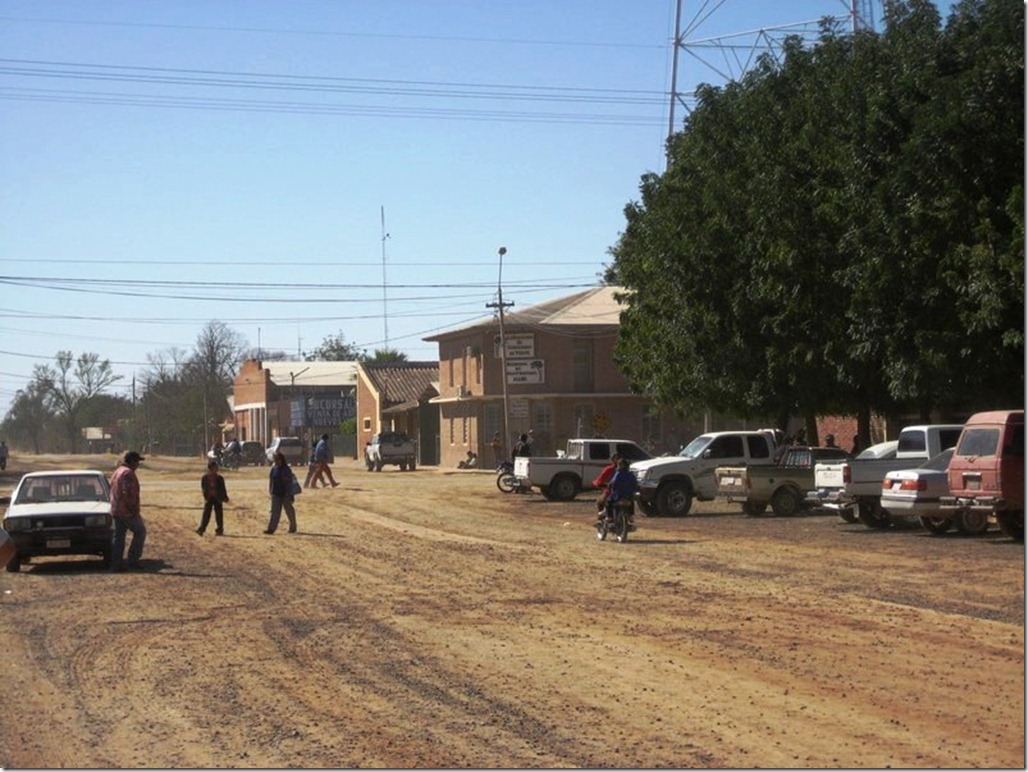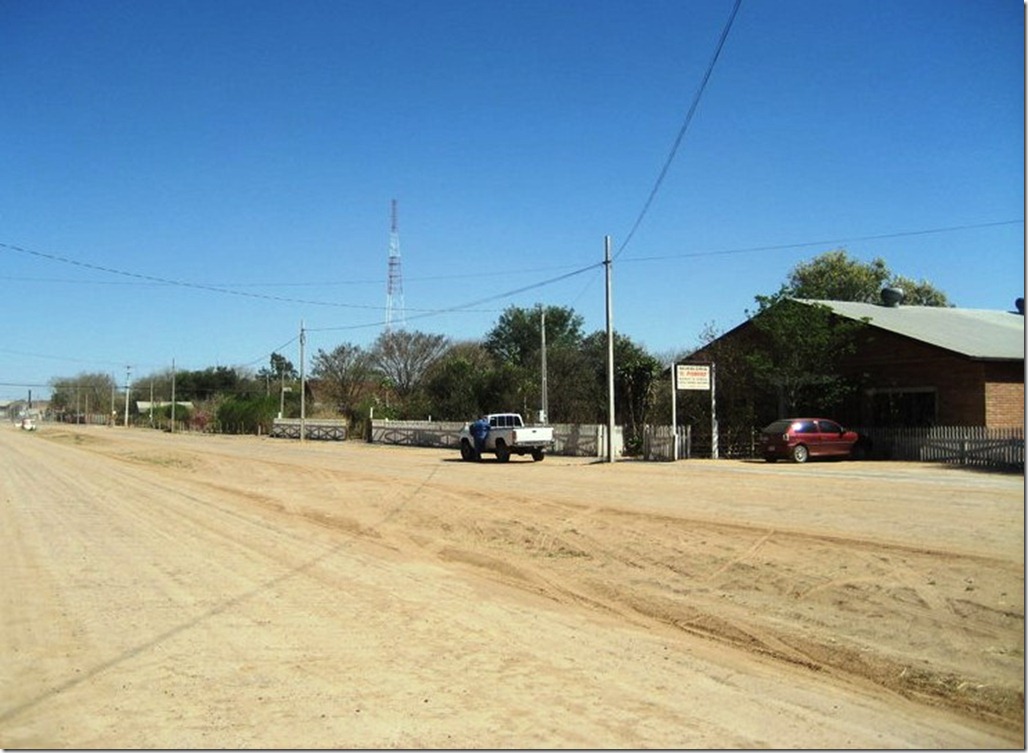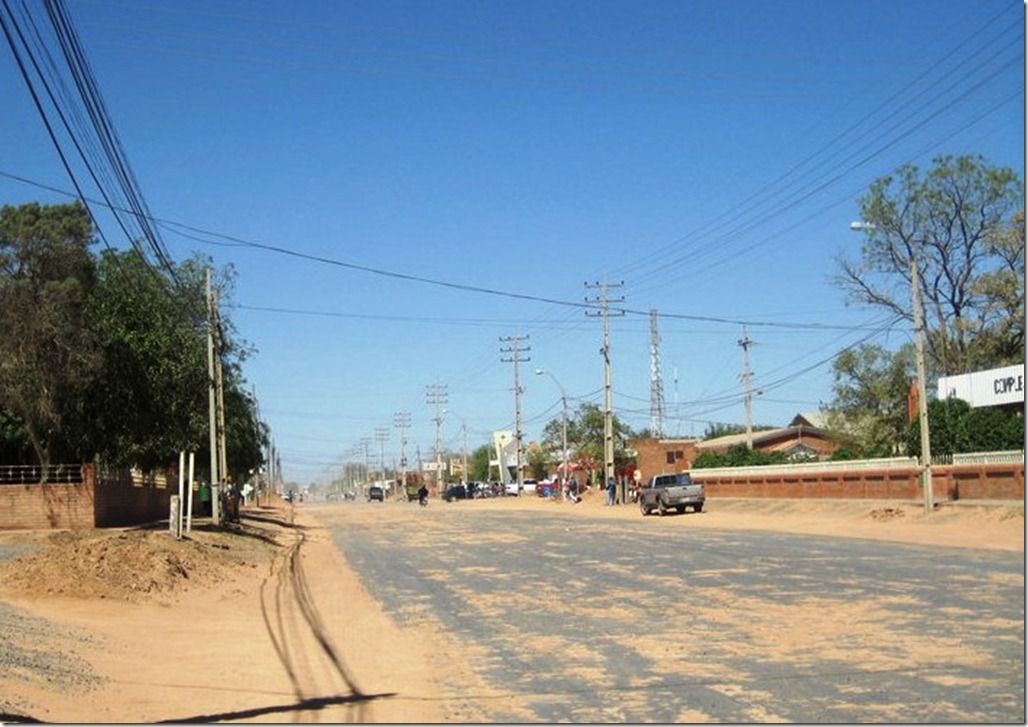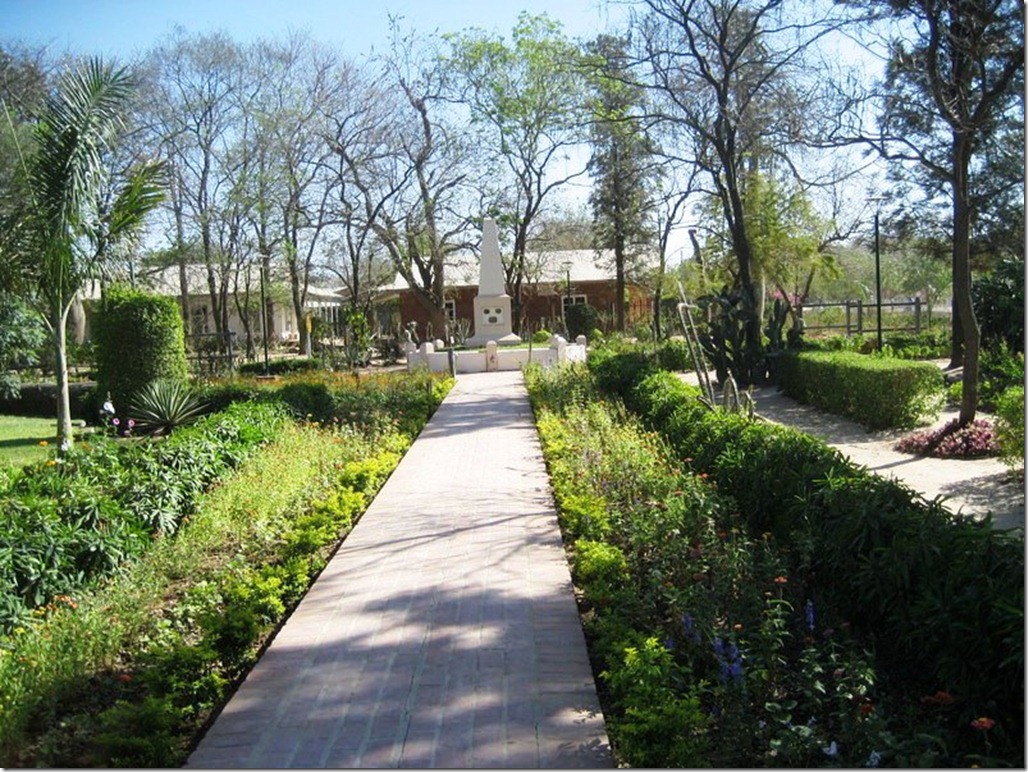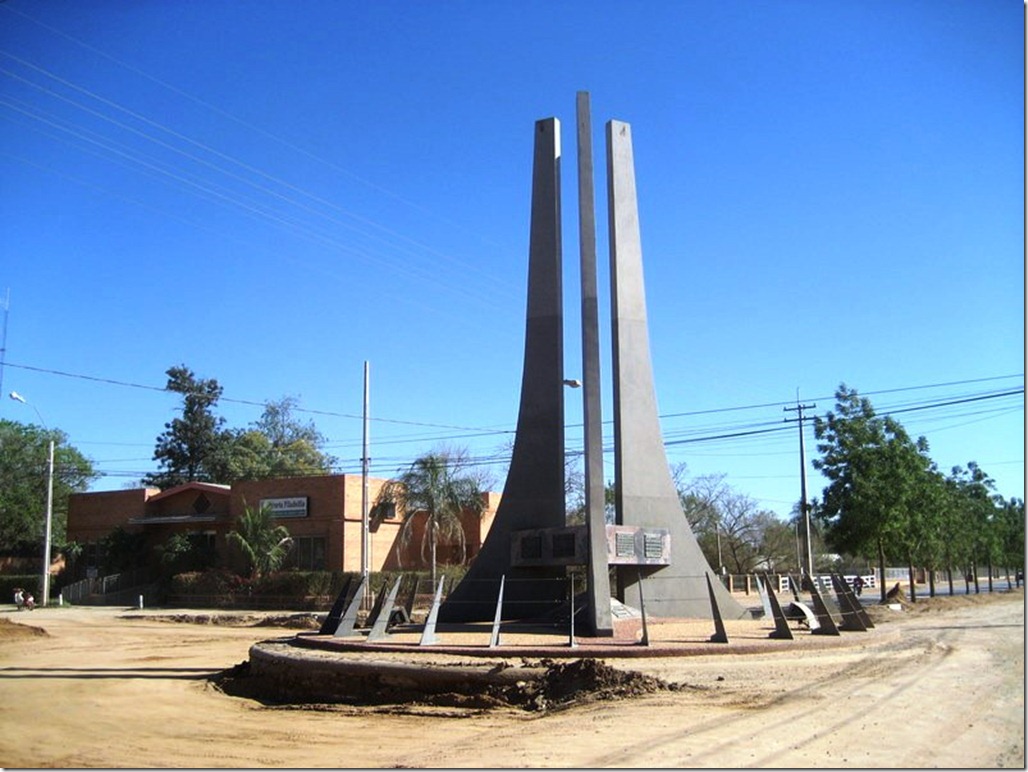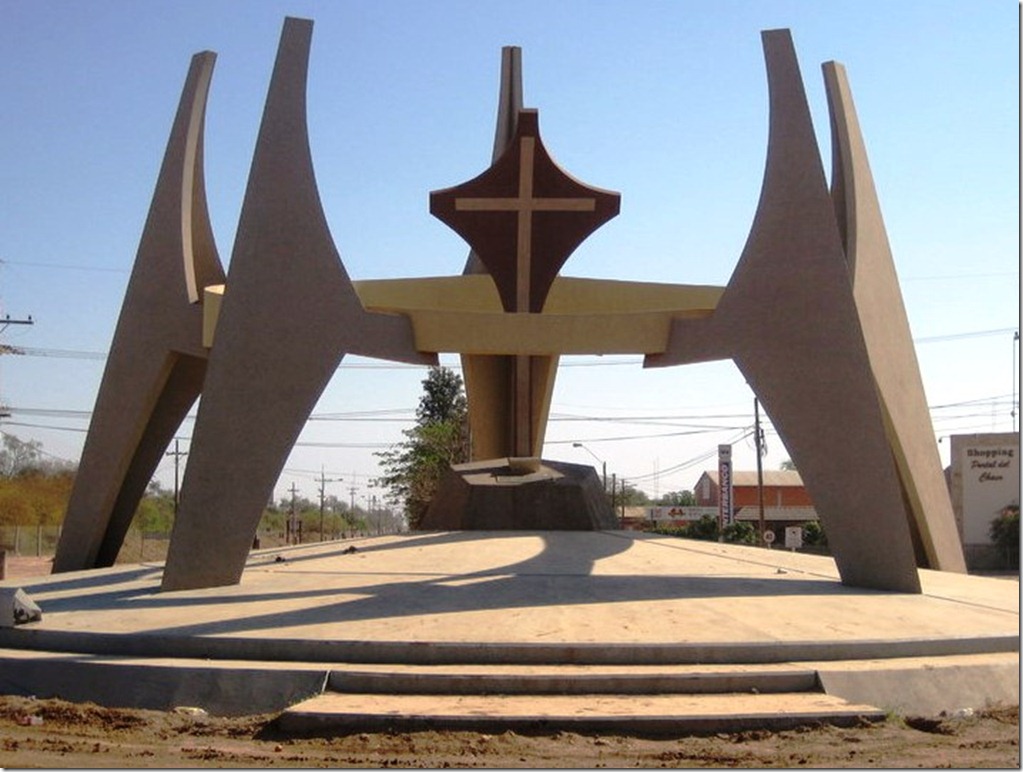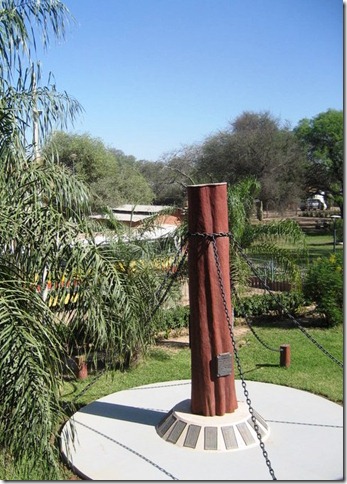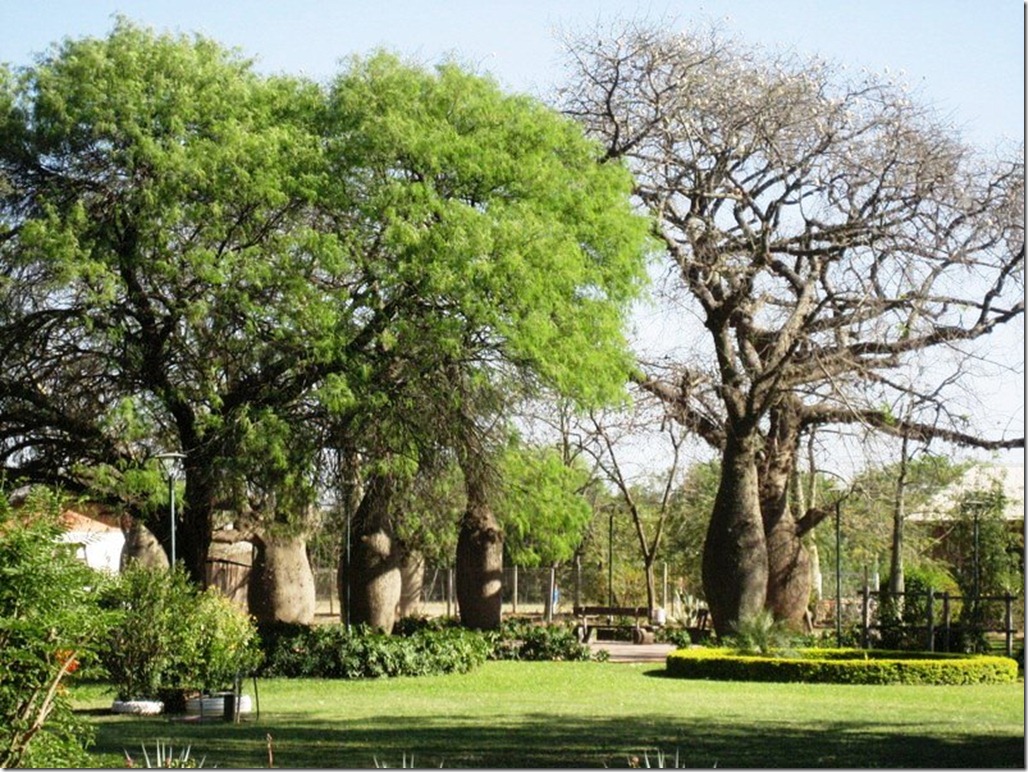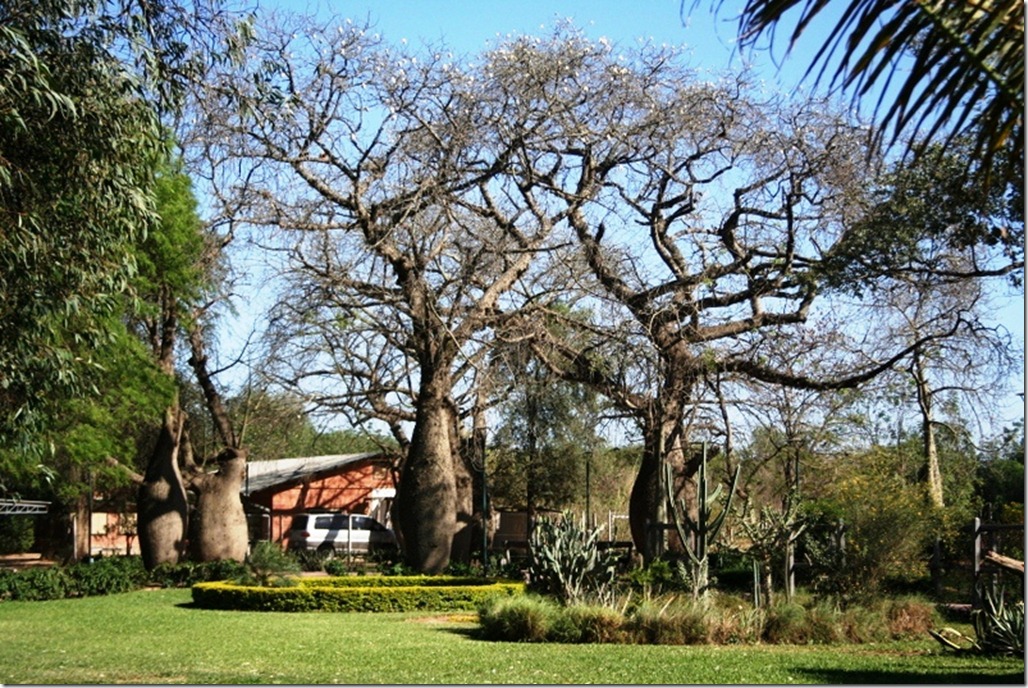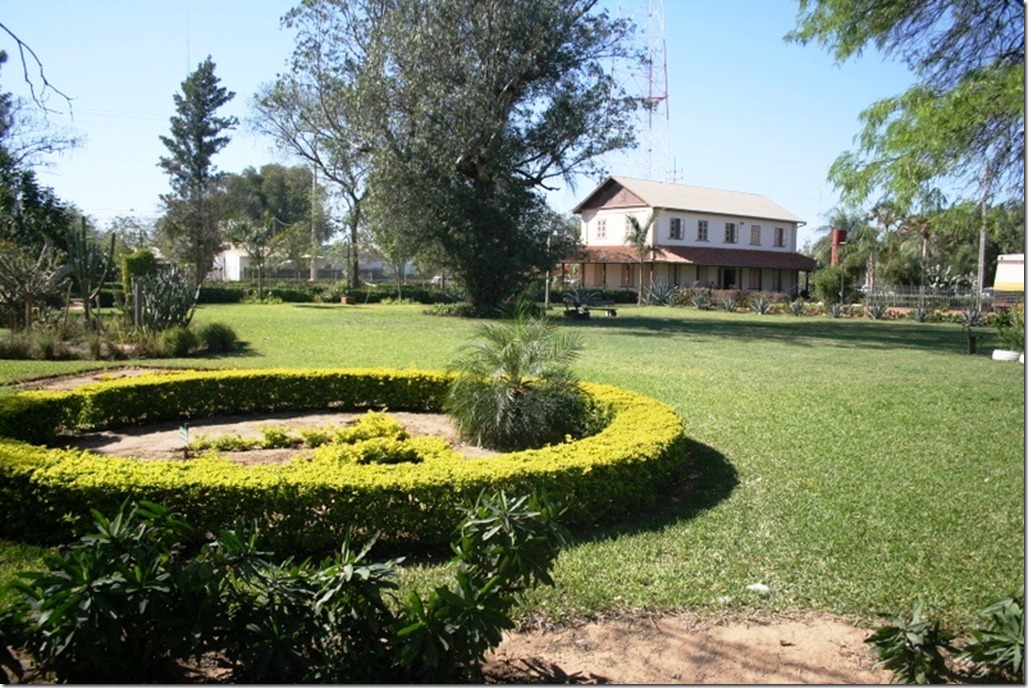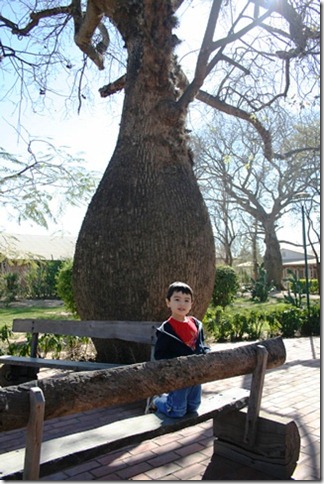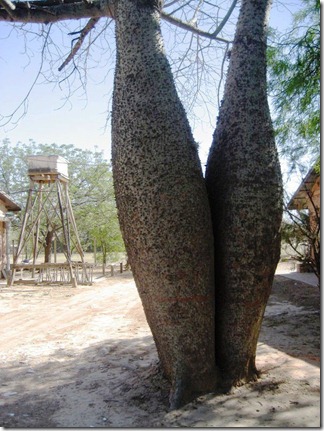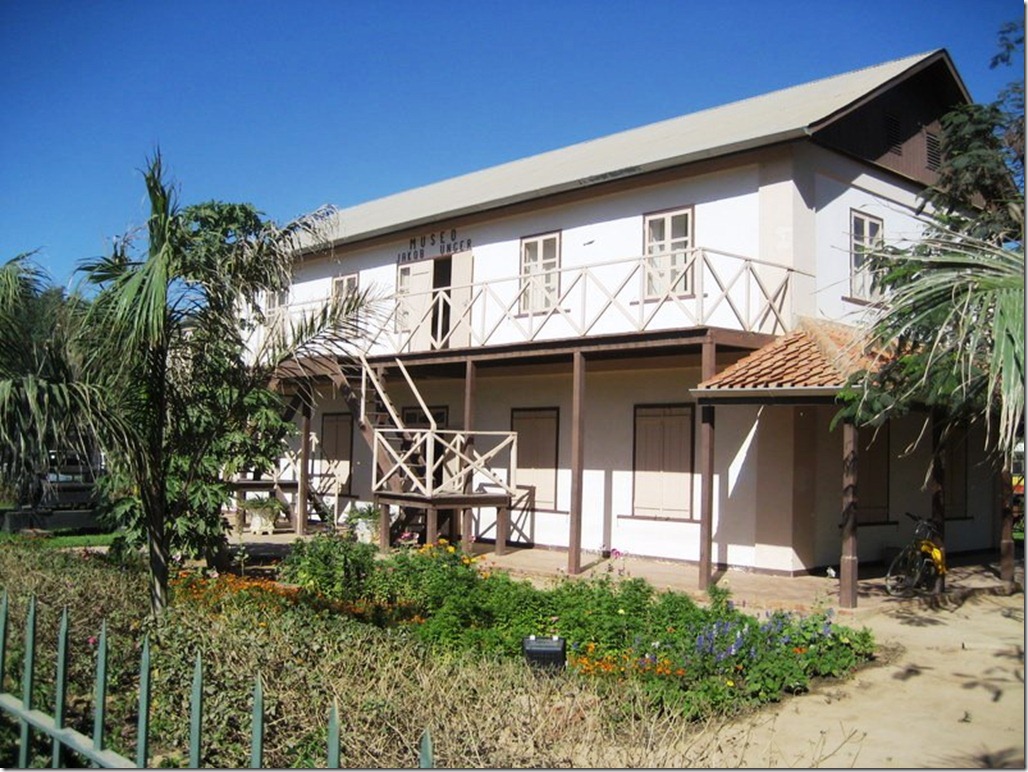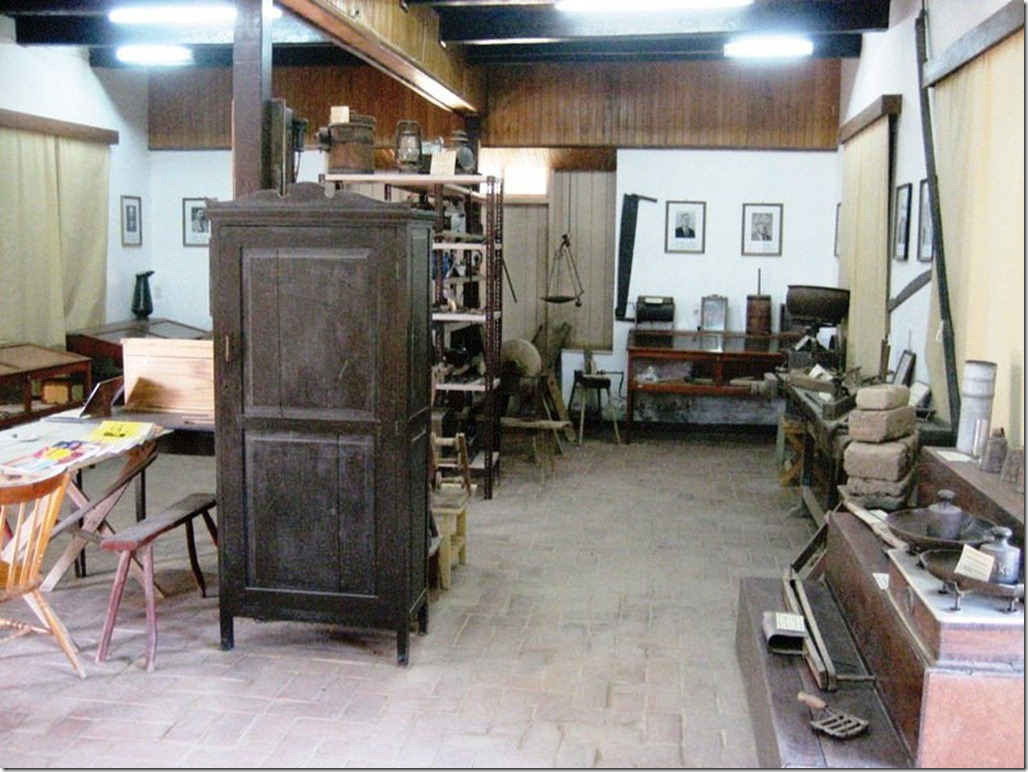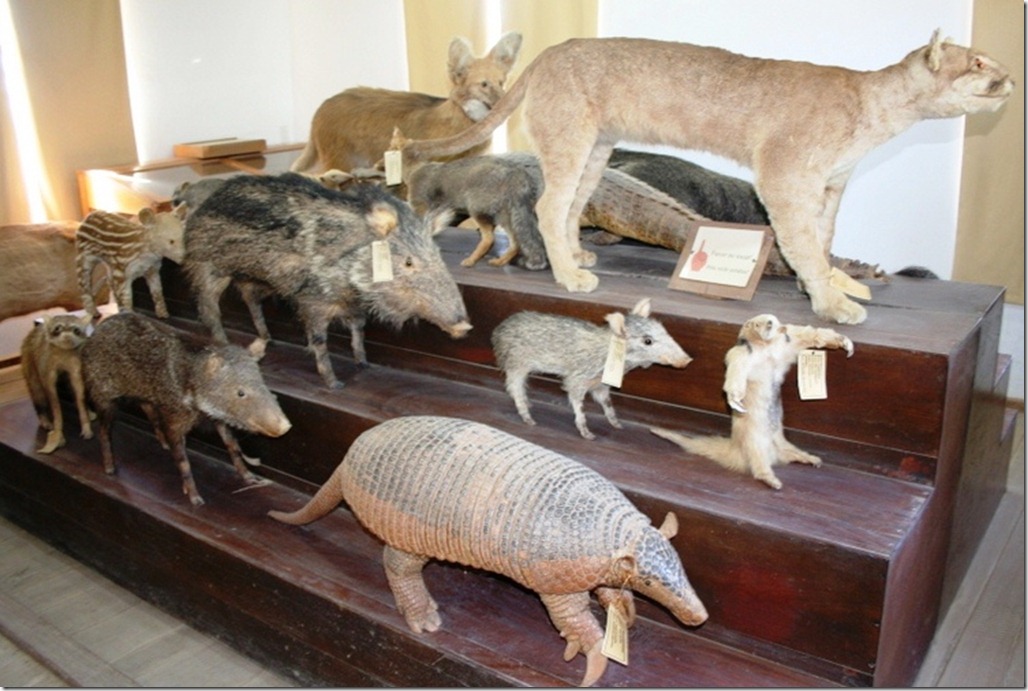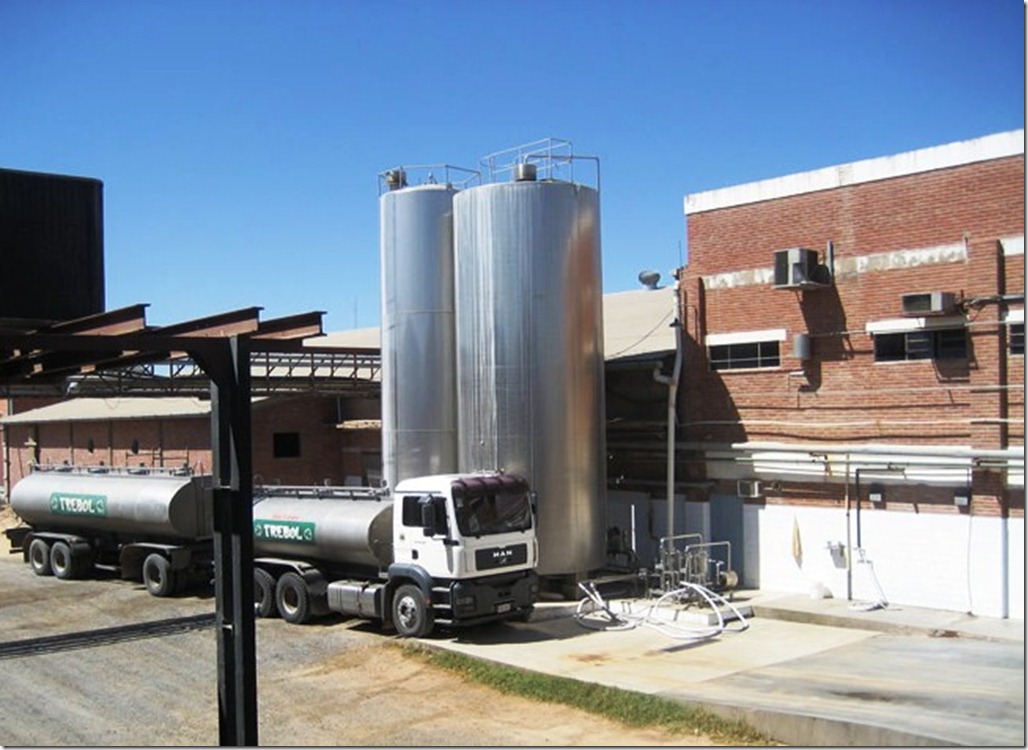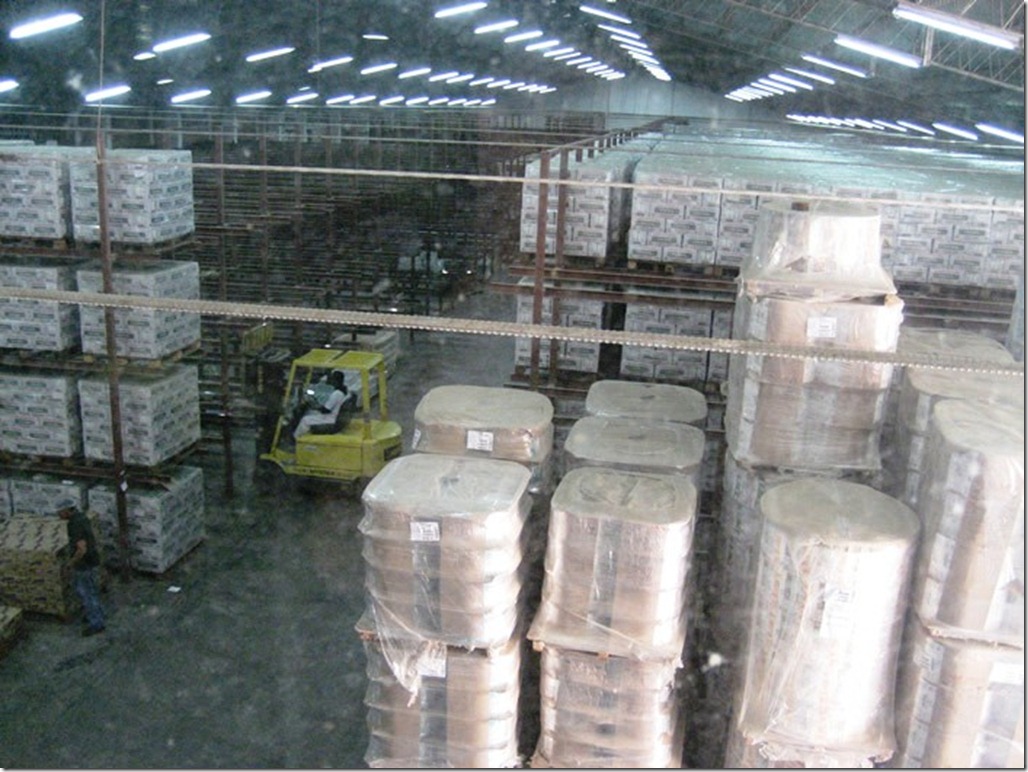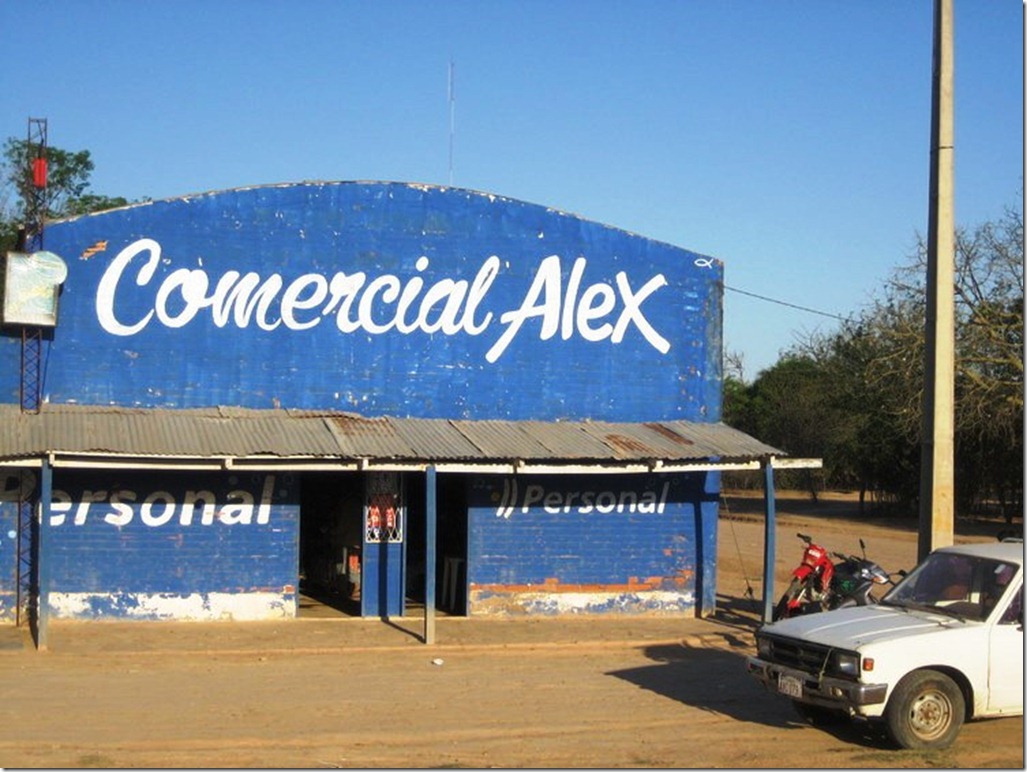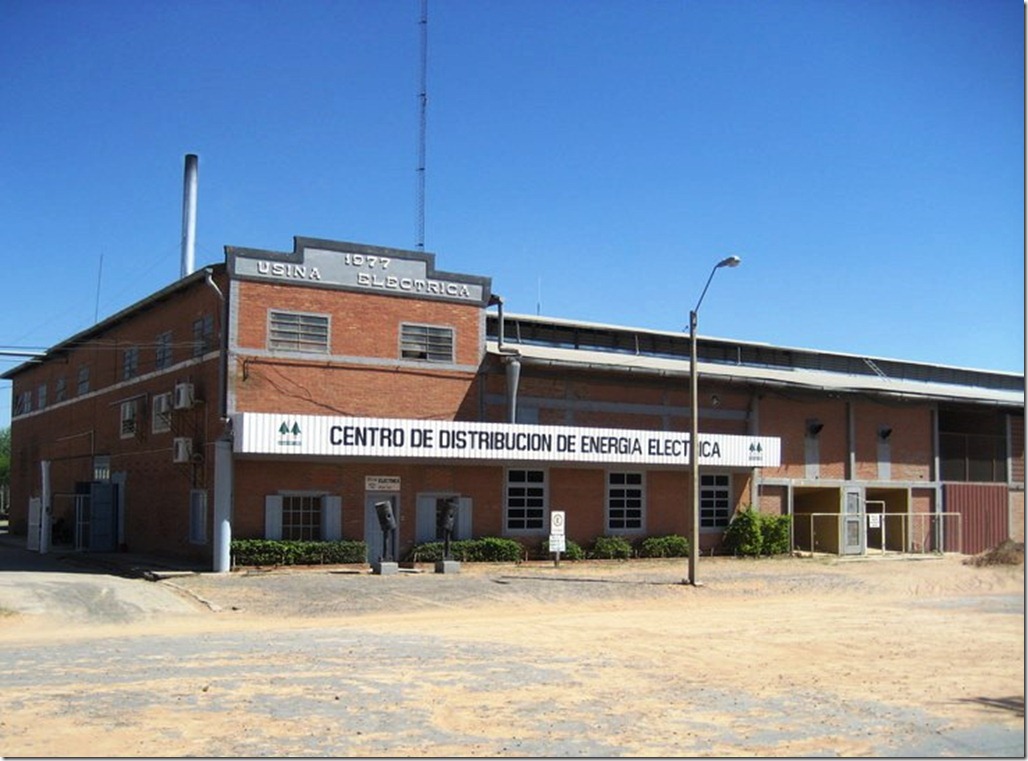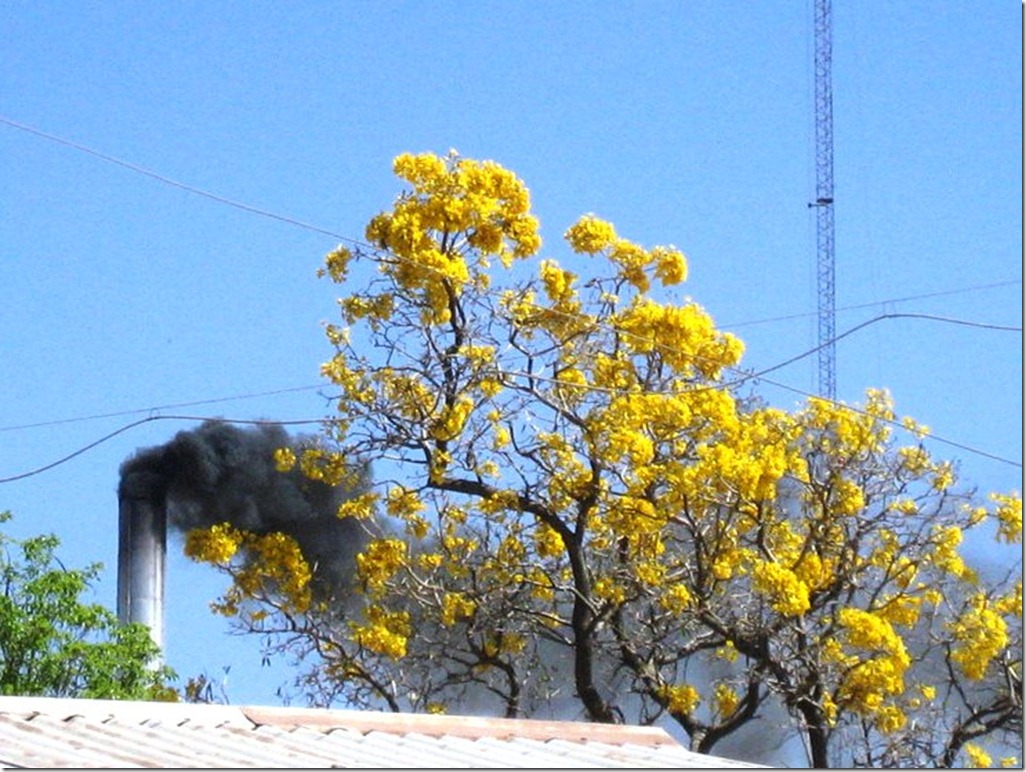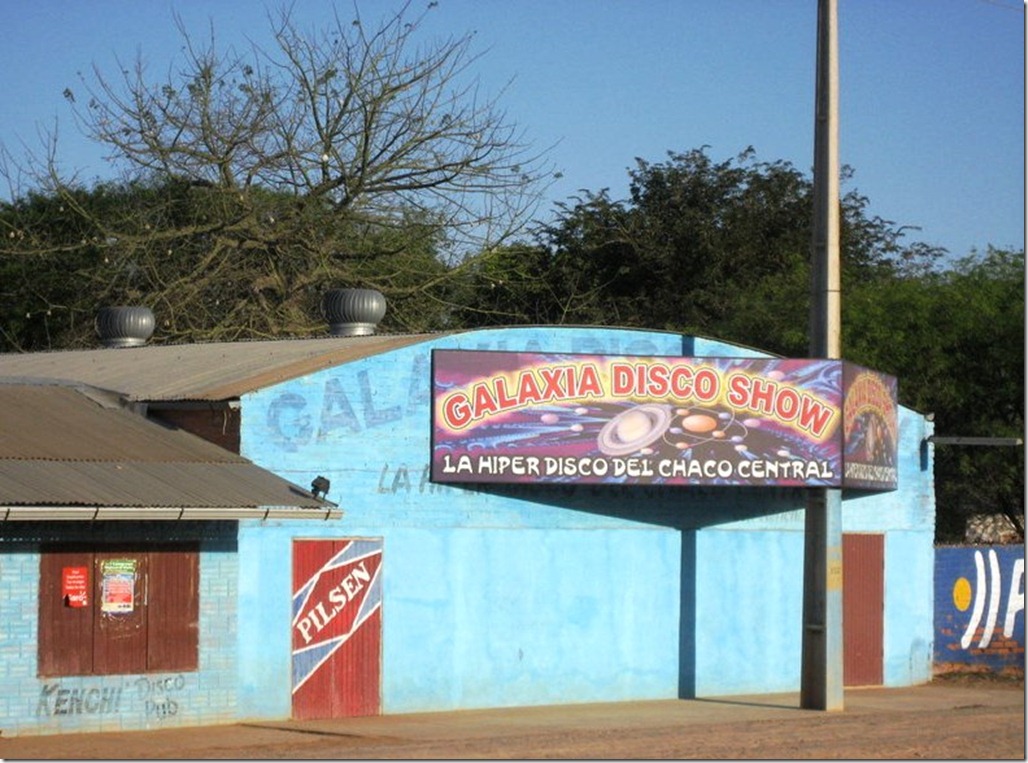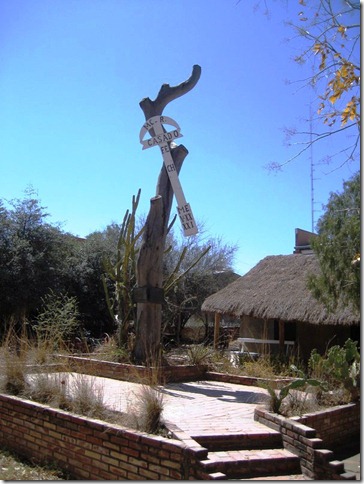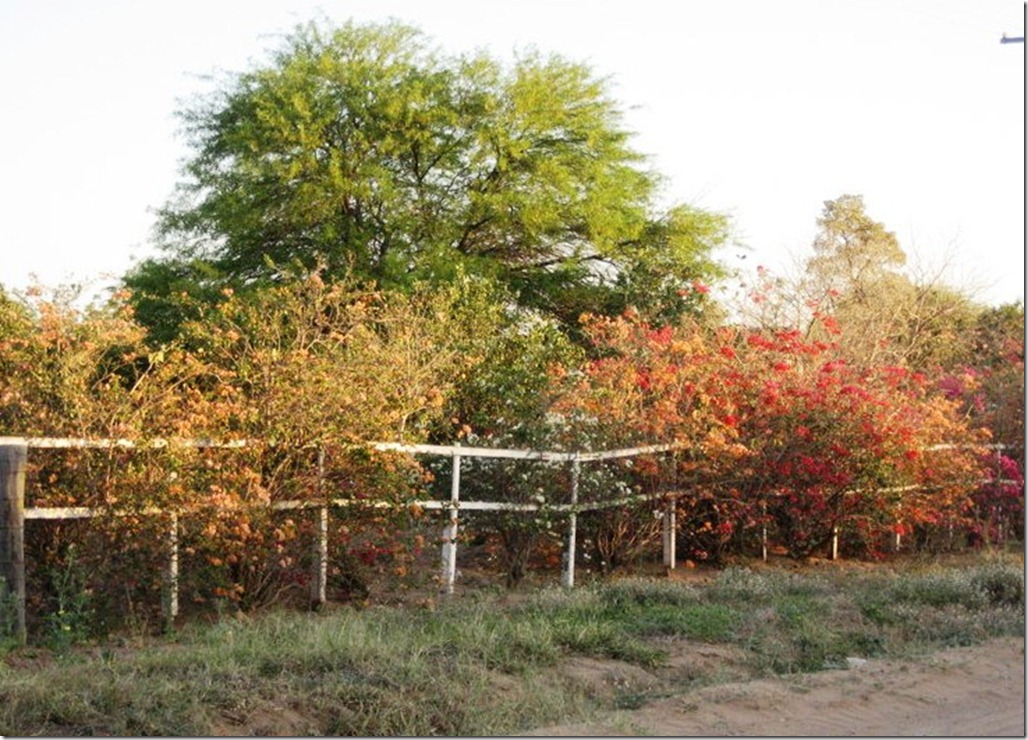Filadelfia, Paraguay
This is the first post in a series on Paraguay’s Chaco region about its largest town, Filadelfia. The others will feature articles about the region and its Mennonite and indigenous communities. Enjoy photos and stories from one of Paraguay’s most intriguing places.
A visit to the Chaco, the remote western half of Paraguay located in the heart of South America, is like a trip back in time. It truly is the “Wild West” of South America. From the timeworn, semiarid terrain to the eclectic mix of Germanic, Spanish, and indigenous influences, the Chaco is out of this world.
The heartbeat of the Chaco is in Filadelfia, the capital of Boquerón Province, about five hours northwest of Paraguay’s capital, Asunción. It lies just off the Trans-Chaco Highway headed toward Santa Cruz, Bolivia. The town of 10,000 was founded in the 1930s by Russian Mennonites of Germanic descent who emigrated from the former Soviet Union to avoid persecution under Stalinism. Mennonite influence dominates the town with the prevalence of Plattdeutsch, a Low German dialect, blond-hair and blue-eyed residents, and delicious German cuisine and pastries.
In 2008, we visited Filadelfia and stayed in one of just two hotels in town at the time, a decent place with a so-so German-style buffet. Along the main street, Avenida Hindenburg, we stopped to see the monuments that commemorated the city’s 25th, 50th and 75th anniversaries and the Mennonite pioneers.
We stopped to explore the town square, one of the nicer ones I’ve seen in Paraguay. The manicured lawn and gardens were a beautiful escape from the gritty, industrial atmosphere of the rest of the town. The aptly-named bottle trees (ceiba insignis; in Spanish, borrachos) stood like giant guardians. The untrained ear might have mistaken the Mennonite school next door for one in Germany were it not for the dry, windswept Chaco landscape on campus.
We toured the Jakob Unger Museum adjacent to the town square. Named after a local specimen collector, the museum was filled with virtually every kind of animal found in the Paraguayan Chaco. It also housed a mish-mash of Mennonite and indigenous artifacts from Filadelfia’s past. Our young son enjoyed learning about armadillos, rheas, and cheetahs — up close and personal. We played a game of “which animal can hurt you” to help him learn respect for wildlife.
Filadelfia was a beehive of activity when we visited. The town’s epicenter was a small strip mall that catered to the Mennonite community with a large German-style supermarket and boutique stores selling everything from wood furniture to ceramics. Smaller commercial enterprises on the outskirts of town served the local indigenous population and migrant workers, primarily “Brasiguayos,” or Brazilians who emigrated to Paraguay. Around town were numerous plants and factories, predominantly Mennonite owned and operated, that processed agriculture products from milk to honey. The ice cream was some of the most delicious I’d ever tasted.
The region is Paraguay’s dairy heartland, but all this productivity has come at a cost. The Chaco is very dry, with frequent droughts and water management issues exacerbated by large farms that need irrigation. Although Filadelfia and surrounding communities such as Loma Plata and Kolonia Neuland use power from the Itaipu Dam, one of the world’s largest dams located in eastern Paraguay, coal and wood were still widely used as fuel when we visited. As a result, clear cutting to increase pasture lands for cattle and for fuel has contributed to deforestation in the area.
Those who live in the harsh climate of the Chaco work hard to make the desert bloom, but they also find time to relax, have fun, and enjoy life. Filadelfia has several Mennonite churches, and many indigenous and Brasiguayos are Catholic. Soccer (fútbol) is a passion for many locals, as it is throughout Paraguay, and each year at the end of September, the Trans-Chaco Rally passes through town. Visiting Filadelfia during the rally is arguably the best time to go, but be sure to book your hotel room early! There aren’t many.
Stay tuned for more exciting posts about Paraguay and the Chaco!
This is an update with photos of an earlier post about the Paraguayan Chaco. Click here to read the original post.

